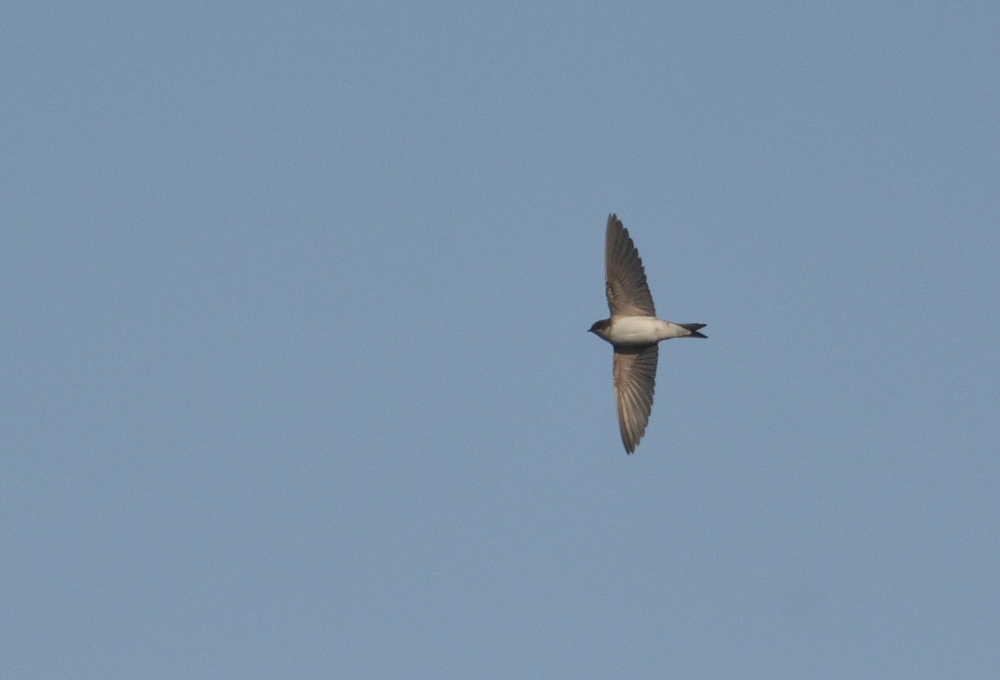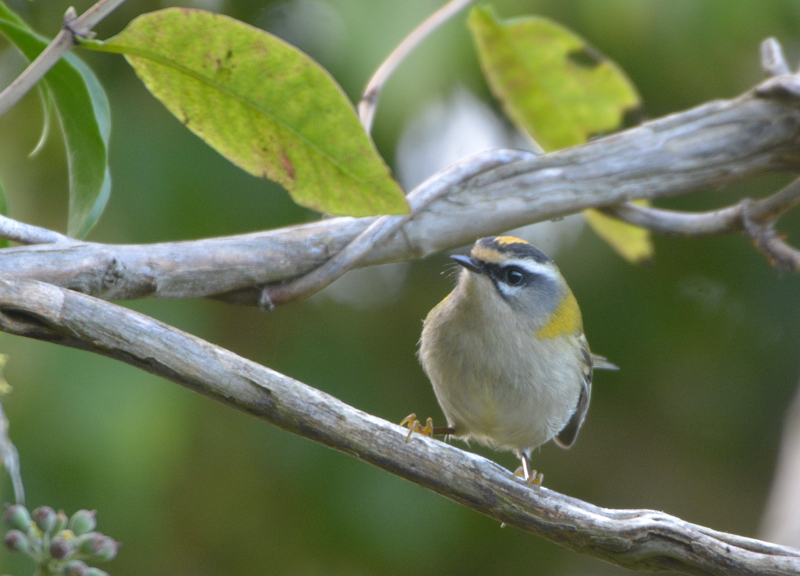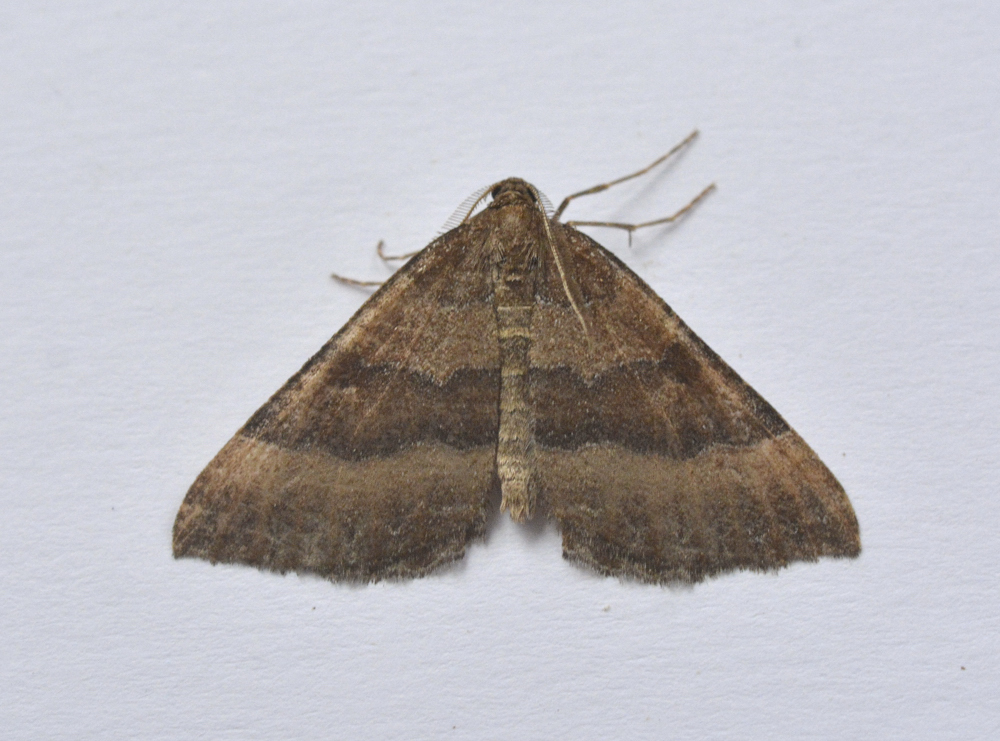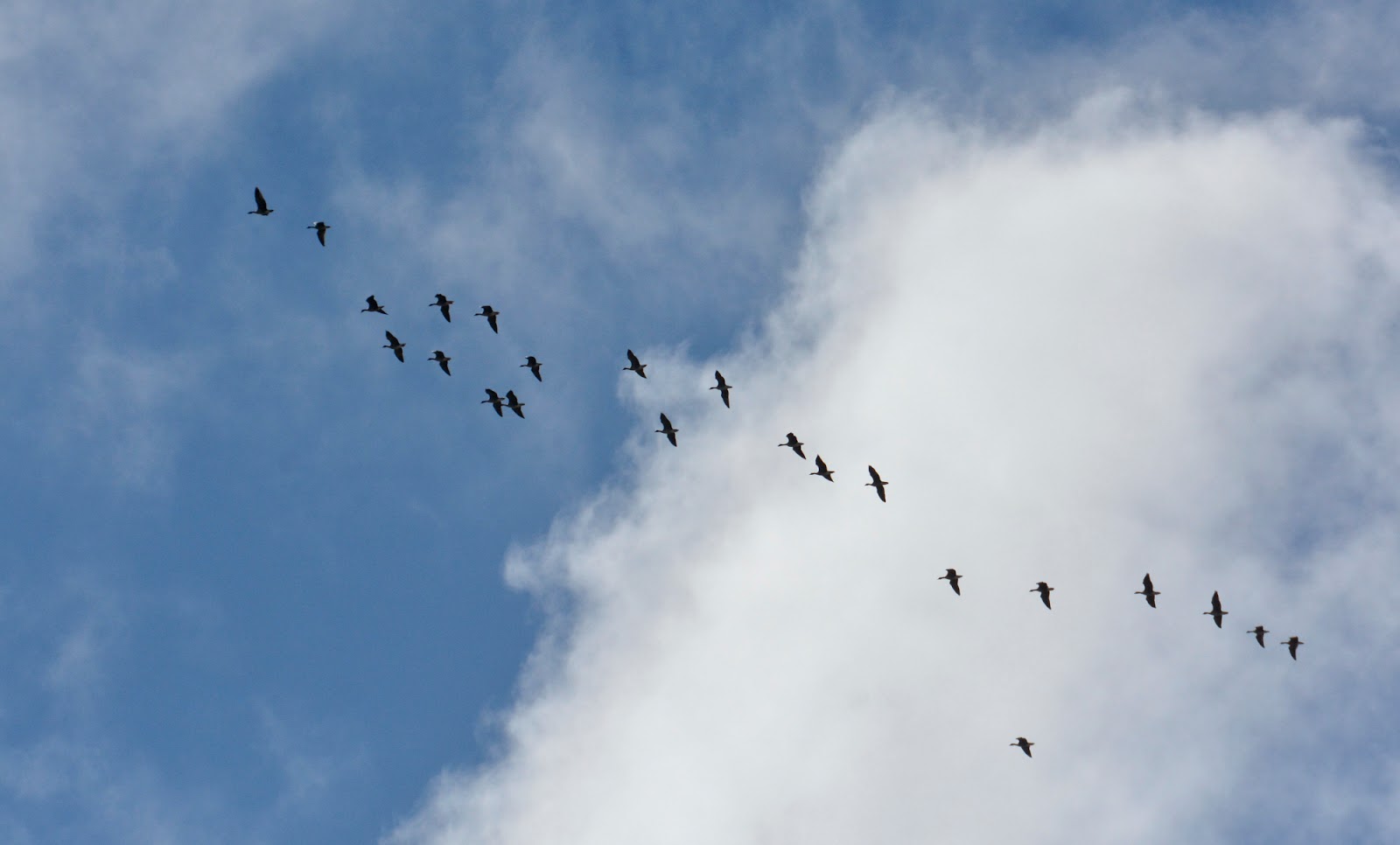August 2022
The Bee-eater watchpoint closed on the 26th with chicks successfully fledged. The first chick flew from the nest on the 16th. I was lucky to watch 9 birds, including young, calling and feeding as a group overhead before they headed high south.

Credit: Fabian Harrison. RSPB LiveCam Images

Credit: Fabian Harrison. RSPB LiveCam Images

Credit: Fabian Harrison. RSPB LiveCam Images
And so my nightshift volunteering came to an end, but not without some excitement, on one shift myself and Sue, RSPB staff, scared off a badger foraging around on the nesting slope! A bit too close for comfort. And on the final night whilst patrolling around the quarry checking on noises myself and Fabian found 3 Badgers actively feeding around the quarry, mostly feeding on blackberries and digging for insects we still monitored where they went, and with 2 foxes in the area it was a busy send off.

On one evening the moon was so bright it illuminated the thick carpet of mist across the landscape, it looked like a scene from a far off country, what a moment that was. I managed to finally see a Barn Owl in the quarry, making that 3 species of owl seen whilst on shift.

Other stuff in August
During the first half of the month there were plenty of insects in the air, this brought down a lot of Sand Martins low over the gardens to feed on them, the agile and fast movements left me in no doubt not to try photographing them !! A Pied Flycatcher on the 11th was the first of a few to turn up, but in all they remained pretty elusive and kept to the tree canopies. Whimbrel continued to pass over during the month and an increase in Red Kite sightings started.


I tried to get out as much as possible with things already moving through. I managed to seawatch a couple of times, I opted for the telescope rather than the camera as I knew I would be scanning further afield. One species that was reported passing through on a number of days were Manx Shearwaters. This was a bird I hadn’t seen before on the patch so I was eager to connect and would you believe it……as soon as I raised my eye to the scope searching between the flags a group of 3 Manx Shearwaters drifted past, a new and very welcome patch tick which now stands at 189 bird species seen at Trimingham. The rest of the seawatch was productive too with Great Skua, Arctic Skua amongst others. Sadly a couple of gannets that had succumbed to bird flu no doubt drifted past, a sad sight to see.

Red-Legged Partridge
A Dunlin over the garden was a new garden tick.

Pied Flycatchers


A Hornet Mimic Hoverfly graced the garden.

Female Blackbird Sunbathing, this helps with conditioning their feathers and probably helps eliminate parasites on the feathers.
On the 20th Sarah and I watched 4 Swifts feeding in the last light along the cliffs, the next day I saw 2 which are looking like the last ones I’ll see. There was also a lot of bat activity during the evening of the 20th, we had a few close encounters around our ears, but great to experience.
Med Gulls were noticeably increasing in numbers and most on the sea or catching insects overhead were these. We then saw a Brimstone butterfly in the garden which was most likely the same individual which continued to return most days.


And for the first time I had 2 Hummingbird Hawkmoths feeding side by side.
2 Curlew over the garden made a change from the usual Whimbrel sightings. I also had a flock of around 16 Turnstones pass over too which was a new garden tick for me and took my tally up to 119 species seen from the garden.
And lastly to Damselflies and Dragonflies. I managed to see a pair of Willow Emerald Damselflies in the garden, both attached and ovipositing. I had seen a few previously but not a pair together, such a beautiful green sheen to them and so delicate.

And now to Hawkers. I saw two species in the garden, Migrant Hawker and Southern Hawker. I was glad I had a camera to hand when I found the Southern, I think this may be a first for the garden or at least possibly the first to be photographed?

Migrant Hawker
You can see the difference on the tail with the Southern Hawker, the 3 distinctive Blue sections at the tip of the tail really stand out on this male.

Southern Hawker






































































